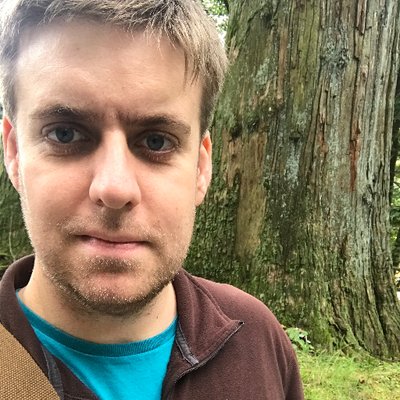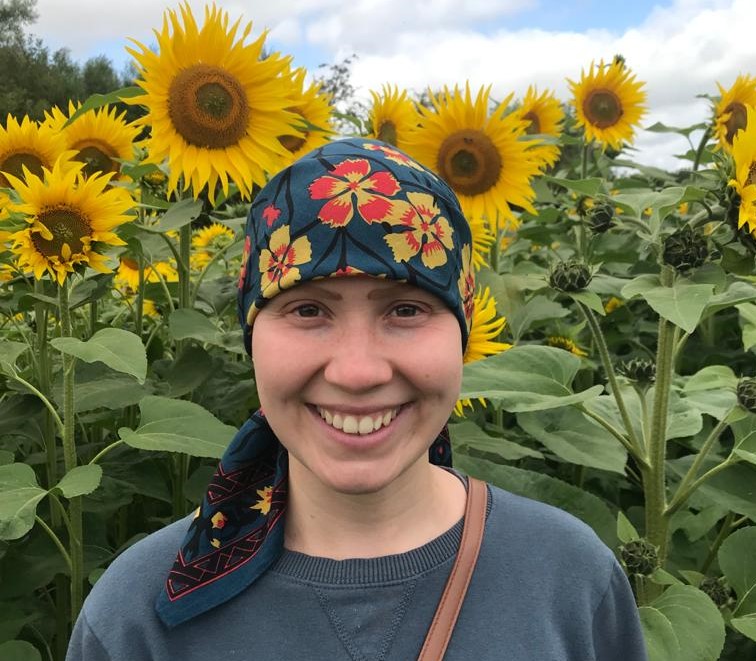Small Island Developing States (SIDS) have had a giant impact on international climate negotiations. As part of the Alliance of Small Island States and the High Ambition Coalition, SIDS have pushed for the 1.5°C Paris Agreement target through their tagline “1.5°C to stay alive” as well as their advocacy for loss and damage and climate adaptation finance. Without them, the Paris Agreement would not be nearly as ambitious [1], and there would not be the focus on the 1.5°C temperature goal to the extent there is today. SIDS are amongst the countries on the frontline of the climate emergency, whilst being some of the least responsible for greenhouse gases causing anthropogenic climate change.
But SIDS have not sat back quietly whilst their future becomes more uncertain. They are fighting for the assurances of climate mitigation from the rest of the world to help ensure their habitable future.
As part of this year’s United Nations Climate Conference COP26, four goals have been set to drive forward ambition to tackle the climate emergency. Here are four reasons why achieving these goals is not only crucial for the future of humanity, but especially for SIDS.
1. Secure global net zero by mid-century and keep 1.5°C within reach
SIDS have long been champions of the 1.5°C goal, underlining the science that demonstrates that limiting warming to 2°C would be inadequate to ensure a habitable future for some small island states. Following the 2018 IPCC report looking at the impacts of a world at 1.5°C and 2°C, a 1.5°C global temperature rise in SIDS would already lead to [2]:
↑ More intense rainfall events
↑ More extreme heat
↑ Longer and more extreme drought
↑ Increased flooding
↑ Freshwater stress
↑ Significant loss of coral reefs
↑ Sea level rise
Any increase greater than 1.5°C would compound and exacerbate these risks further and could lead to the loss of ancestral homelands for thousands of people in low-lying islands such as the Maldives or Kiribati. For other islands, there would be severe impacts on lives and livelihoods. To highlight just one example, communities in small islands often rely on coral reefs for food, storm protection and tourism (to name but a few of the many reasons coral reefs are critical to coastal communities all over the world). But at 2°C warming, 99% of coral reefs are likely to perish [2]. For some small islands it really is “1.5°C to stay alive”.
2. Adapt to protect communities and natural habitats
Adaptation will be required in SIDS to help communities adjust to the consequences of a more extreme climate. From coral reef and mangrove restoration in the Caribbean, to early warning systems in the Pacific, adaptation strategies in SIDS are accelerating, but this must be aided by appropriate finance and support. The United Nations proposes that at least 50% of climate finance should be spent on building resilience and adaptation, but financial capital is currently the key limiting factor for adaptation in SIDS. Mobilising finance to boost adaptation projects would be the first step up a long ladder in assisting SIDS facing the steep cost of adapting to a climate they did not create.
3. Mobilise finance
Developing nations such as those in SIDS need financial assistance from developed economies to fund adaptation and the transition to a greener future. This is entirely reasonable considering that developed nations have built their economies using fossil fuels, of which the consequences are a) already impacting SIDS today and b) not an option to fuel sustainable development. Developed countries pledged to raise at least $100billion annually by 2020 to support developing countries with adaptation and mitigation, but in 2018 just $78.9billion had been mobilised [3]. Even if this $100billion is attained it would still be vastly insufficient, considering estimated costs of adaptation in developing countries will be $280-500billion in 2050 [4].
But what about the communities or entire islands who cannot adapt? SIDS have also been key advocates for loss and damage reparations, seeking compensation for their inequitable experience of climate-related disasters and for the loss and damages that cannot be recovered or adapted against. Broadly speaking, this refers to climate-related loss and damages – such as those from weather and hazard events we know are being made more likely and more severe by climate change – as well as helping to avoid future loss and damage through adequate risk reduction and adaptation.
In whichever form these reparations come, it is vital that they come faster and with bolder ambition.
4. Work together to deliver ambition into action
Small Island Developing States cannot combat the climate emergency alone. After all, the very reason for the extreme injustice of climate change in SIDS is that they have done little to cause the problem that they are bearing the consequences of. To put this in context, SIDS are responsible collectively for less than 1% of global greenhouse emissions [5]. This is where governments, business, and civil society from all over the world come in. SIDS (and the entire planet, frankly) need all countries to come forward with robust plans and targets for slashing emissions by at least 50% by 2030 and reaching net zero by 2050, as well as agreeing to mobilise finance to support adaptation against the damage we have already locked in.
Time is ticking. Let’s ensure these goals are achieved at COP26 to help speed up our race against the clock, so that we can safeguard a habitable future for SIDS, for ourselves and the planet.
References
[1] Ourbak, T. & Magnan, A. K. The Paris Agreement and climate change negotiations: Small Islands, big players. Regional Environmental Change vol. 18 2201–2207 (2018).
[2] Hoegh-Guldberg, O. et al. Chapter 3: Impacts of 1.5oC global warming on natural and human systems. in Global warming of 1.5°C. An IPCC Special Report on the impacts of global warming of 1.5°C above pre-industrial levels and related global greenhouse gas emission pathways, in the context of strengthening the global response to the threat of climate change, (ed. Intergovernmental Panel on Climate Change) 175–311 (Intergovernmental Panel on Climate Change, 2018).
[3] OECD. Climate Finance Provided and Mobilised by Developed Countries in 2013-18. OECD https://www.oecd-ilibrary.org/finance-and-investment/climate-finance-provided-and-mobilised-by-developed-countries-in-2013-18_f0773d55-en (2020) doi:10.1787/F0773D55-EN.
[4] United Nations Environment Programme. Adaptation Gap Report 2020. https://www.unep.org/resources/adaptation-gap-report-2020 (2020).
[5] Thomas, A. et al. Climate Change and Small Island Developing States. Annual Review of Environment and Resources 45, (2020).
Header image: Leigh Blackall (CC BY 2.0)
—————————
This blog is written by Cabot Institute for the Environment member Leanne Archer, School of Geographical Science, University of Bristol. Leanne is a NERC GW4+ PhD student interested in disaster risk in Small Island Developing States, investigating how flood inundation estimates could be improved in small islands under current and future climate change. You can follow Leanne on Twitter @leanne_archer_













